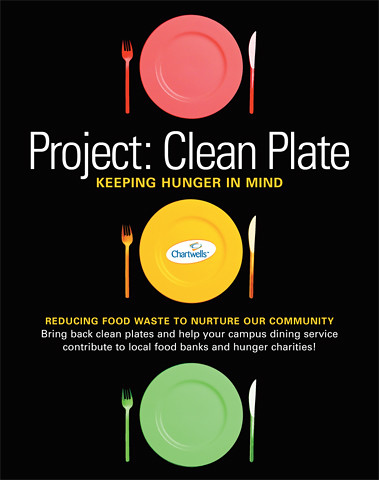Last week, the EPA released the latest version of its Municipal Solid Waste report. It’s a big occasion in these parts.
If you’re like me, you eschew the fact sheet for the 189-page full report. Because the latter includes the all-important “products discarded” (on page 94). That represents what’s dumped in landfills, after recycling reduces the tons of “products generated.”
In 2009, food scraps made up–dramatic pause–20.8% of what we sent to the landfill. That marked the first time in recent history that we’ve definitively topped the 20%-mark, although last year technically did so, at 19.5%.
Zooming out, the percentage of landfill contents that is food doubled from 1980 to 2009. More than anything, that illustrates the improved recycling of most other goods (while composting languishes).
More bad news: food makes up a larger percentage of trash “generated.” It’s now 14.1%.
The one shimmering ray of, um, hope: food “recovery” (composting, mostly) rocketed from 2.4 to 2.5%.
— —
And in case you missed it, the USDA just released their every five-year Dietary Guidelines for Americans, 2010. Because of the above reading, I didn’t get through all 95 pages of this departmental step-in-the-right-direction. Fortunately, Marion Nestle did.
Anyway, I was heartened to see that even the two-page summary featured the recommendation to “avoid oversized portions.” You got that, restaurants??
 The NFL works with local food recovery groups and acquires food from events leading up to the game and the game itself (both high and low-brow fare). The haul is usually pretty astounding and with attendance at Cowboys Stadium approaching a Super Bowl attendance record, it may come close to the 2008 benchmark of 93,000 pounds of food.
The NFL works with local food recovery groups and acquires food from events leading up to the game and the game itself (both high and low-brow fare). The haul is usually pretty astounding and with attendance at Cowboys Stadium approaching a Super Bowl attendance record, it may come close to the 2008 benchmark of 93,000 pounds of food.
 — —
— — The process really couldn’t be much easier. I’m keeping a plastic container in the freezer, and every time I do a little peeling, trimming or cutting, I toss in the remainders. It’s also a nice repository for the wilted herbs (not ones gone bad) and the (literal) odds and ends we’re not going to use.
The process really couldn’t be much easier. I’m keeping a plastic container in the freezer, and every time I do a little peeling, trimming or cutting, I toss in the remainders. It’s also a nice repository for the wilted herbs (not ones gone bad) and the (literal) odds and ends we’re not going to use.